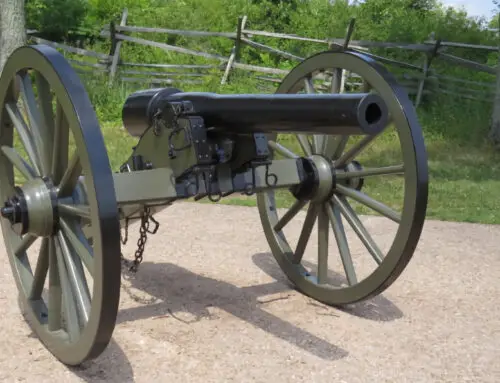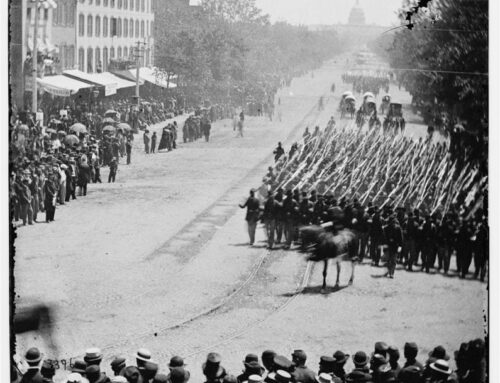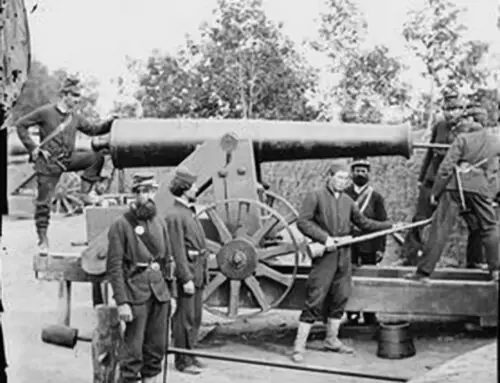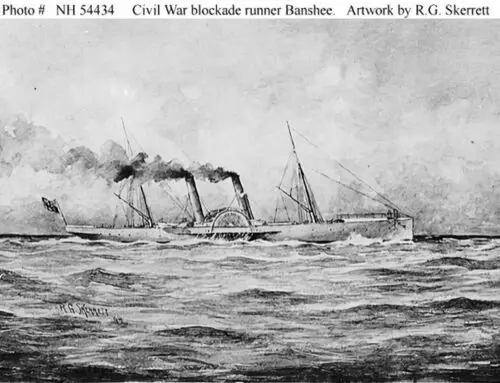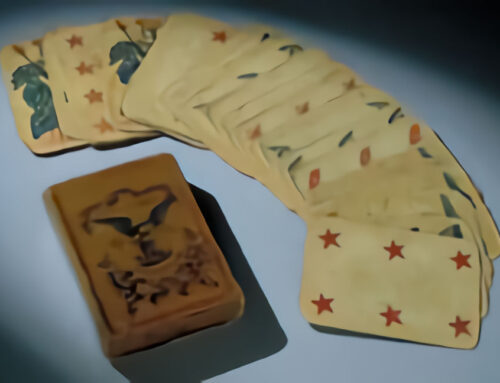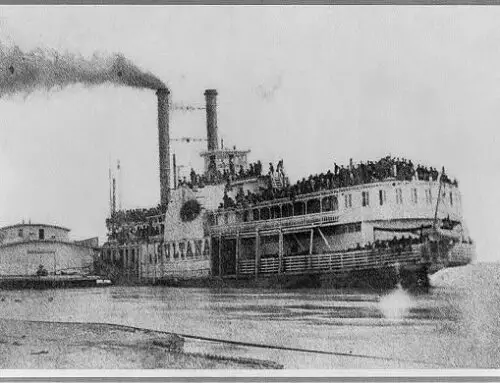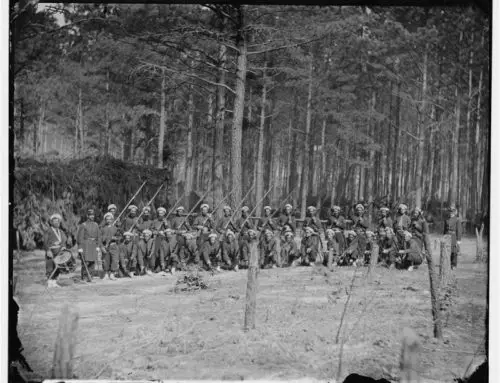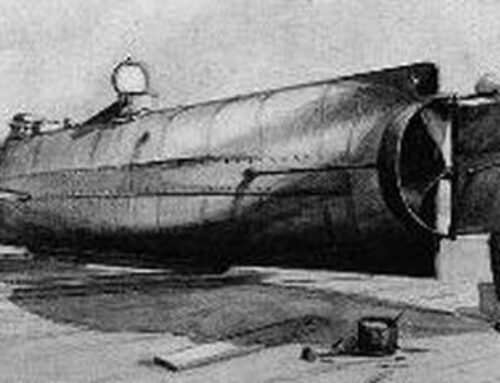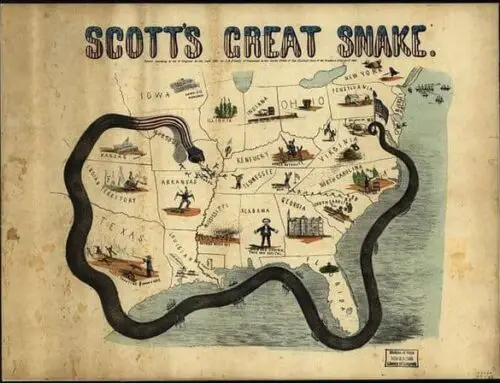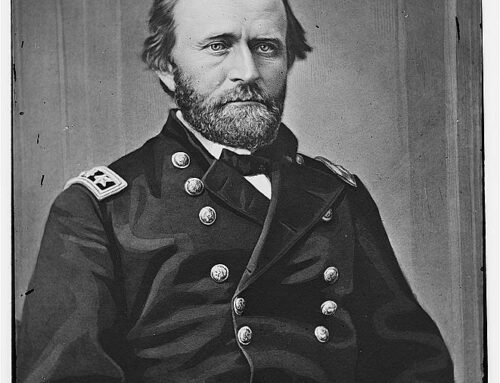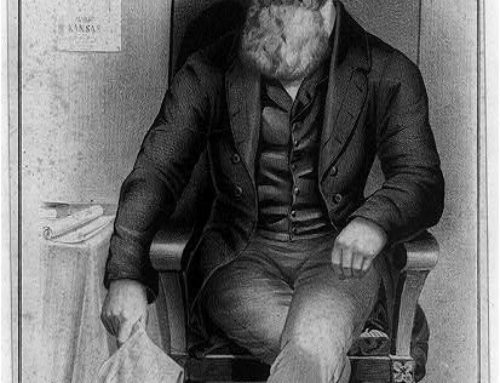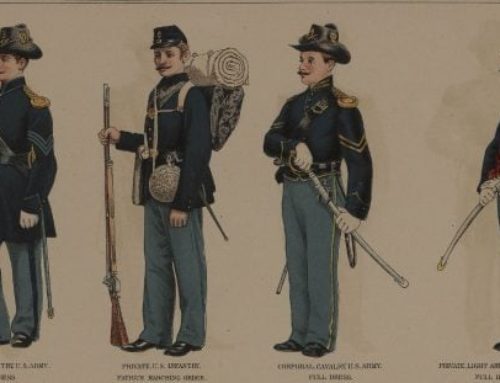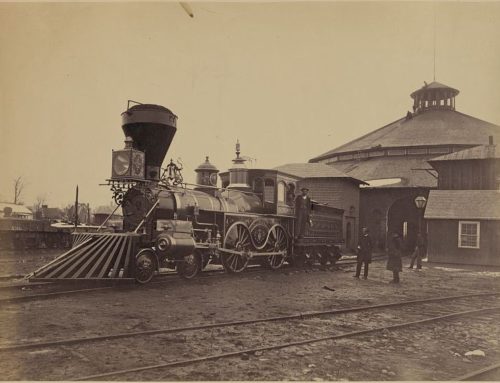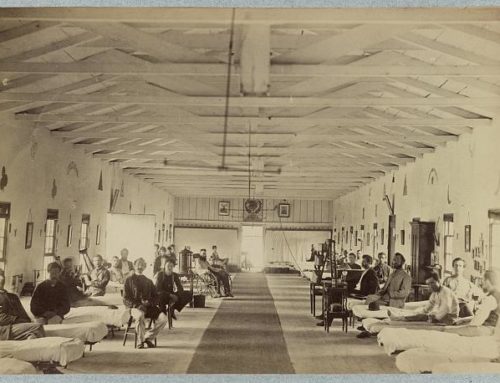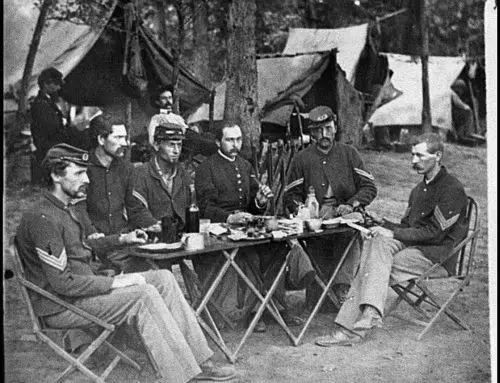(1803-1889)
John Ericsson a Swede who was already gaining a great engineering reputation was one of the brightest minds in shipbuilding. The man was a genius in the field of mathematics and science, which eventually led him to creating some of the most widely, used articles of war, itself.
President Lincoln met with a group of European engineers and Ericsson was inclusive of that foreign group.
The foresight of the President would be demonstrated when after the Navy rejected Eriksson’s design concerning a strange, impossible to float, iron-boat that would run on steam?
This looked alien to the Union commanders, yet not to Lincoln. This is the reason that President Lincoln went down in history as the man that supported the invention of the iron-ship in warfare.
After granting the Swedish engineer turned ship designer the contract to construct the iron ships, Lincoln returned to his office in the White House, pleased but apprehensive. The actual construction of the Monitor began in October of 1861 and was completed a short 118 days later.
This was much to the surprise of the Union brass and to the detriment of the Confederate forces at sea. The overall cost that was required to build the Monitor, was a mere $275,000, a large sum at the time but certainly worth it in the minds of the Union commanders who would oversee the sailing of this new form of warship.
The ship was almost entirely constructed of pig iron, one of the hardest and heaviest metals of the day and the sight of the floating piece of iron turned many heads in the Union populace. The idea was to mount the Monitor with a turret that held two cannons. An impressive array of armament for a ship that was a third the length of a traditional wooden-schooner.
John Ericsson’s invention revolutionized sea warfare. This ship alone was responsible for detouring many Rebel gun ships that thought twice about attempting to ram their way through the blockade. It was not until the Rebels secured their own little flotilla of ironclads that the sea war could commence, on equal terms.
Ericsson’s inventions revolutionized sea warfare forever and his many other inventions brought about a great change in the manner at which men in boats would fight.


